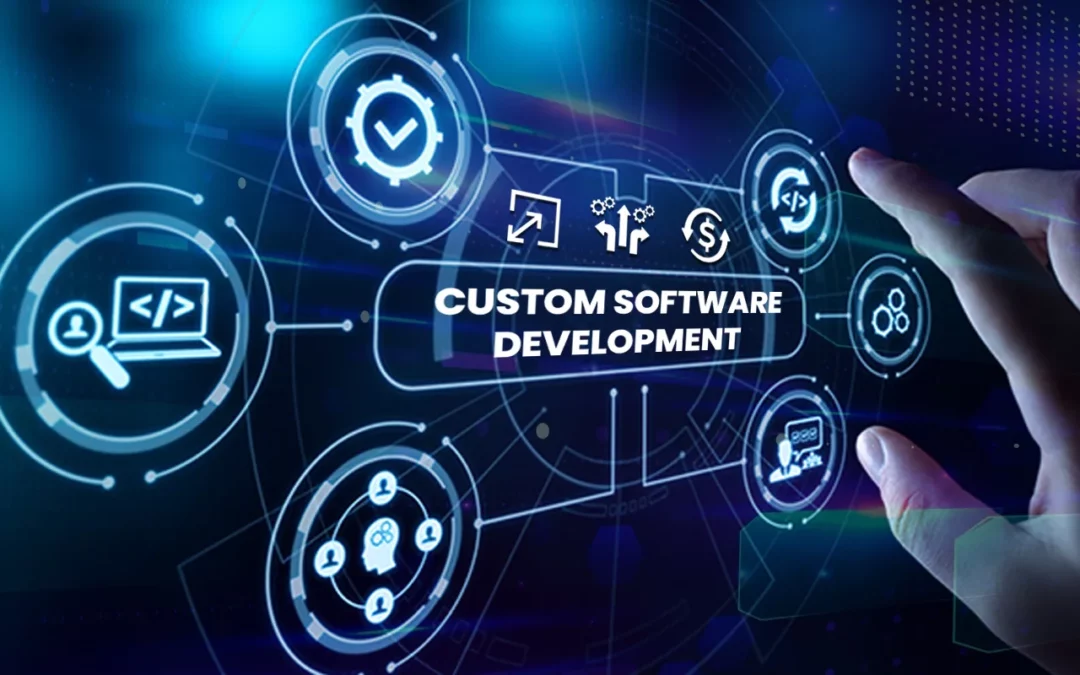A Minimum Viable Product (MVP), in software development, is a product with just enough features and functionalities to work for early adopters and to provide the development team early feedback about its viability. It is a central aspect of the Agile approach to development in that the goal is to launch software fast and iterate often based on user reception.
The concept of MVP was introduced by Eric Ries in his Lean Startup Methodology, which aims to shorten the product development cycle and quickly discover the viability of a business model.
The goal is to find out early if there is a market for the product and its business model. With an MVP, you can spend as little as 2 weeks to launch the app, using the lean resources you may have. If the market likes it, then you know that you can invest more time and resources to work towards your vision, taking into account aspects of the app that you can improve. If the market does not respond, then you can either shift or abandon the product entirely. But 2 weeks of work gone to waste is peanuts compared to years of labor for an app that no one would buy.
As an example, when Airbnb started out, the founders were simply testing if strangers would be willing to pay for a bed, wifi, and breakfast in someone else’s house. They put up a barebones site targeting a sold-out tech conference in the area and got 3 paying customers. It turned out, people would pay for such a service. The next feature that they tested was if homeowners would be willing to share their space with travelers for a fee — and they were.
In pinning down your MVP, a must for building your first mobile app, keep in mind the following:
- Balance the “minimum” and “viable” aspects of the MVP. Production has to be rapid and lean, but the product also needs to show value such that people will buy it and use it.
- Early adopters must see the future promise of the app so that they will stick with it.
- There must be an embedded feedback system in order for the development team to assess viability as well as future improvements.
Why an MVP?
The MVP approach is a stark contrast with how companies traditionally produced software: list all features of the perfect app now, code, test, and launch it big. While this Waterfall approach may still work for small, straightforward apps we don’t expect to change over time, most of the apps we see nowadays lean towards starting small and building up. It’s just more practical. Here are the reasons why:- Time to market. If you thought about a solution to a certain market problem, chances are, someone in your competitor’s office did too. Customers do not have the patience to wait for your perfect app. They will use whatever is available now. The faster you release your MVP, the sooner you will get your customer’s buy-in.
- Fail fast. Some app ideas just won’t fly. It’s better to validate this with an MVP in 2 to 4 weeks, than with a full blown app 6 months down the line. With the latter, you will have spent more time and resources that you could be using to build a new and better idea.
- Cost-effectiveness. If you are starting with a limited budget, an MVP will allow you to solve a core problem with a few important and well-done features. If the app is indeed helpful, users will embrace it and maybe even pay for it. You can use your learnings (and earnings) as input for your next iteration, this time with more certainty that there is a profitable market for your product.




